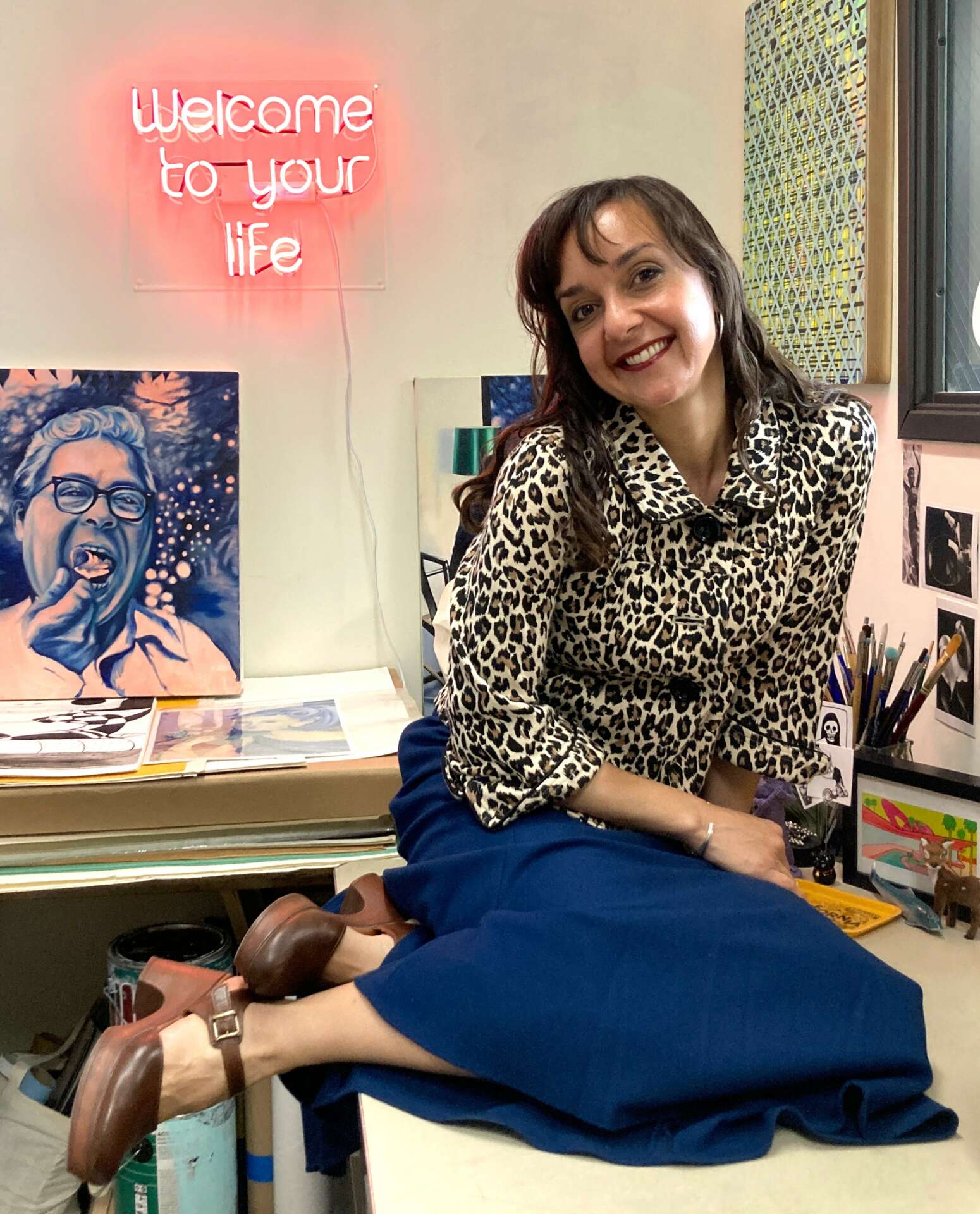We were lucky to catch up with Adrienne Kinsella recently and have shared our conversation below.
Adrienne, looking forward to hearing all of your stories today. We’d love to hear about when you first realized that you wanted to pursue a creative path professionally.
I think there were always undercurrents of art for me. I skirted the issue for years, considered medicine for a bit, and was an English major at UCLA. Life took a challenging turn for several years, and I ended up returning to school a bit later in life. Knowing what it would take to pursue a degree now with two children, I knew my true passion was art. Beginning with one class, I built up to a grad program at Cal State Northridge. It was here that my desire to pursue a creative path professionally was completely solidified. For years I felt like I had wings I didn’t know what to do with. I had always been inclined to the visual arts, but the full immersion environment of my MFA program where I had a studio for the first time, experienced the synergistic collaboration within my cohort and had the opportunity to work with amazing faculty, is where I learned how to fly. I haven’t looked back.
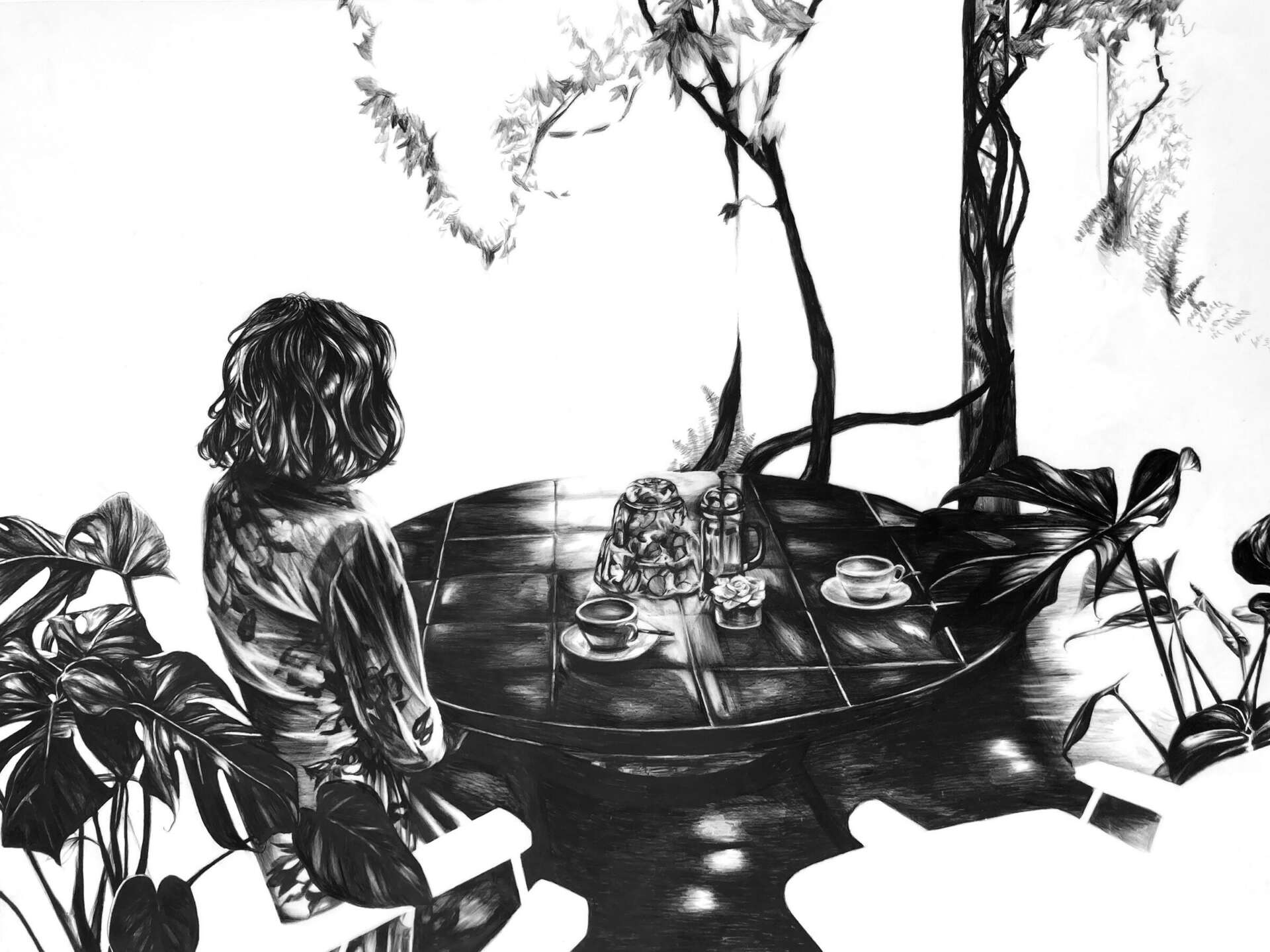

Adrienne, before we move on to more of these sorts of questions, can you take some time to bring our readers up to speed on you and what you do?
I’d be happy to. I am a visual artist, working in the mediums of drawing and painting. My work examines relationships between interior and exterior, whether depicting physical spaces or implied internal landscapes. I am always concerned with the psychological aspects of how we process past and present. Contemplations of coping mechanisms and attempts to find safety underscore an ongoing search for belonging in the work.
I often depict plants and creatures native to Southern California, where these elements appear within domestic interiors and often with solitary figures. I’m thinking about the temporality of physical structures and questioning ideas of place and access. The work provides momentary invitations for viewers to enter inaccessible spaces where past, present, interior and exterior mingle. I am ever fascinated with the midcentury aesthetic, as well as the artificiality of appearances that continue into our contemporary moment.
My paintings are mainly oil on canvas, but I also enjoy painting on paper. My drawings are rendered on frosted mylar – a semi-transparent, synthetic substrate. For the jello pieces, this became incredibly rewarding as the clear surface enabled the drawings to be visible from both front and back, a beautiful commentary on both the translucency of the subject matter and their conceptual content.
The presence of jello in my work first serves as a metaphor for futile attempts to suspend time. This sparkling, monstrous concoction is technically edible yet made of the unthinkable. It is structural, yet temporal – a fitting summation of a vanishing past. I also think of the jellos as indirect portraiture. This translucent foodstuff possesses a unique ability to reveal interior and exterior simultaneously; deliciously symbolizing the public and private elements of an individual’s persona and what they choose to conceal or reveal to others.

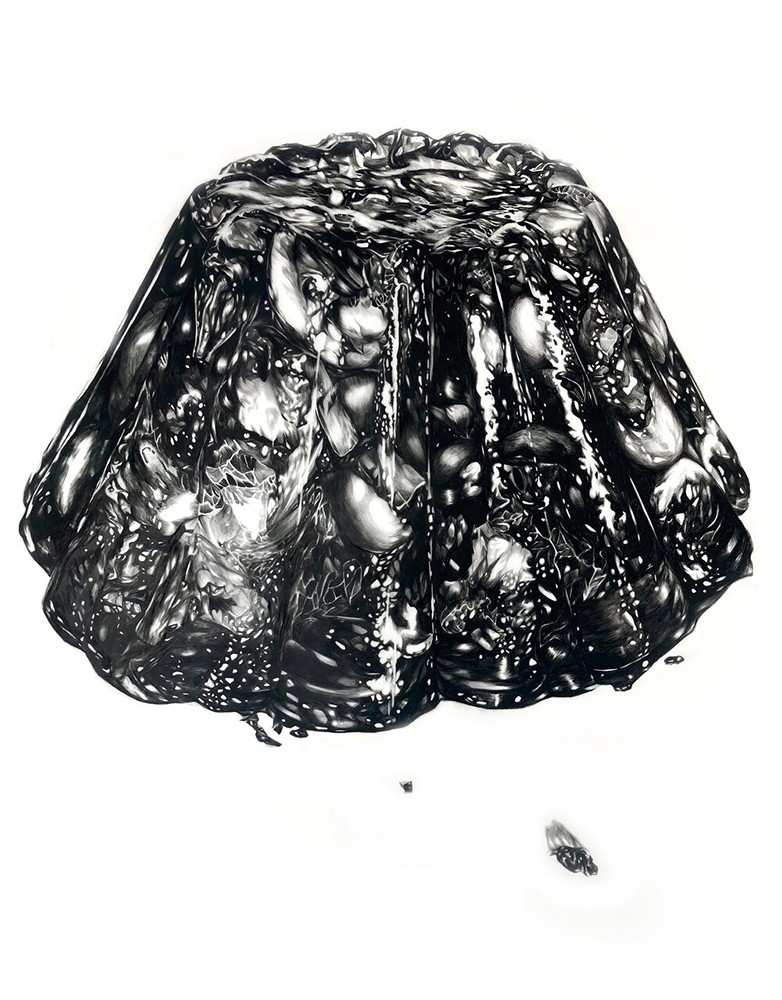
How can we best help foster a strong, supportive environment for artists and creatives?
Buy more art! The gallery world can be a tough navigation for artists, and perhaps overwhelming for buyers. When purchasing an artwork, you are investing not only in a tangible item but in the ability for that maker to keep producing. To have a work find its forever home with a buyer is so incredibly rewarding for me as a visual artist, and it’s not really about the ticket price, but about the acceptance of what I bring. I invest a lot of myself into my work, and there is a unique gratification when someone loves a painting or drawing enough to want to own it.
I am also a huge proponent of public access to art museums. For collections to showcase emerging artists – both regionally and globally – brings visual culture to those who may not otherwise be exposed to this. I am incredibly grateful to have been raised by a mother who regularly took me and my sisters to the local LA museums. Supporting programming at these spaces will help influence the next generations to appreciate and support the viability of art amidst our culture.
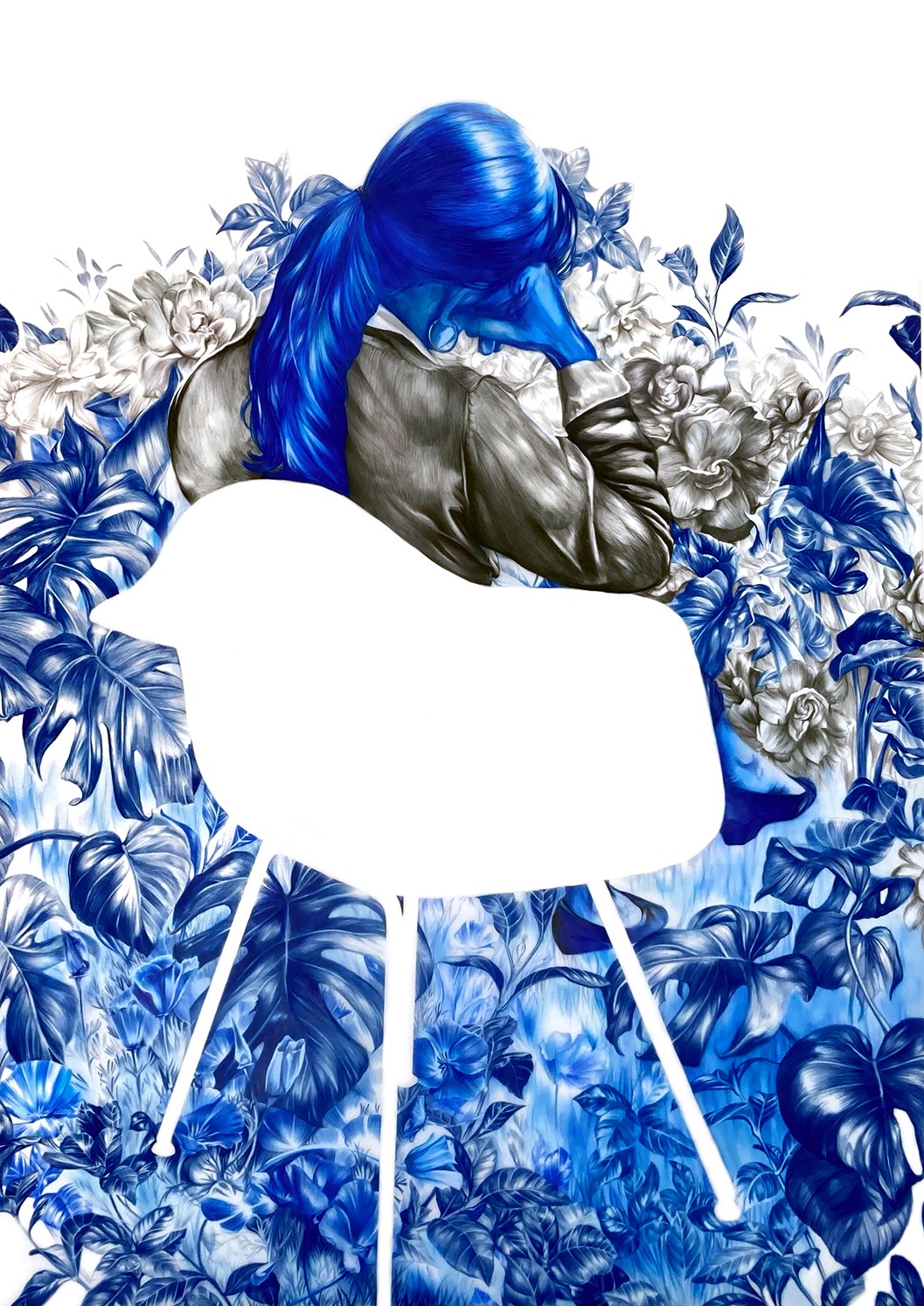
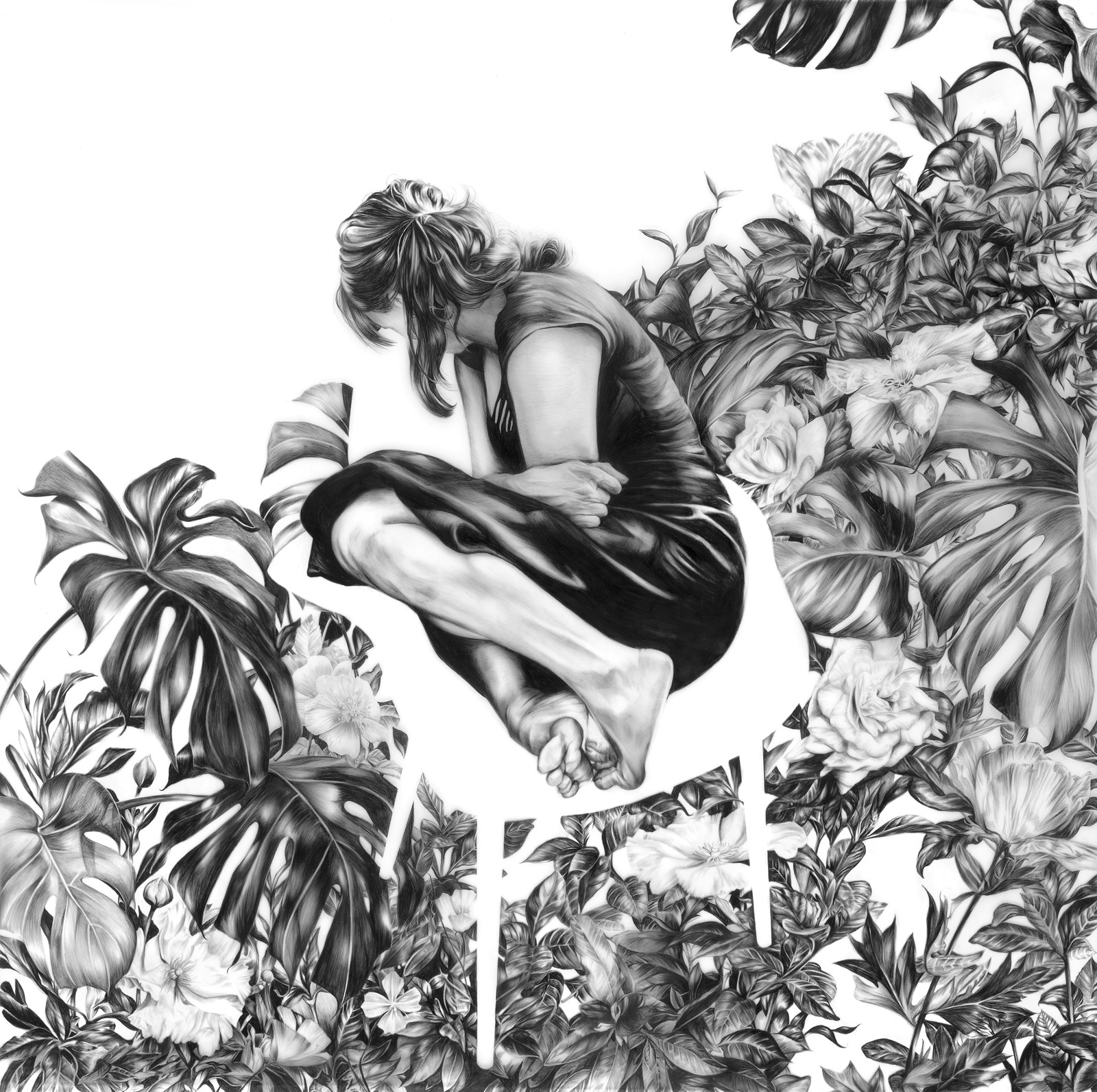
What do you find most rewarding about being creative?
I think one of the most rewarding aspects of being an artist is how this has opened the door for me to be an educator. In addition to my fine art practice, I teach at Otis College of Art & Design and Cal State Northridge. Something that emerged out of my grad school experience was learning how much I loved teaching. I don’t teach because I have to, I teach because I love to. I am so inspired when I observe the next generation of artists; watching them have breakthroughs, struggles and encouraging them to keep going is integral to who I am. Not only does this keep me in a state of continual learning, but the spark that comes from watching the creativity of my students feeds my work as well.
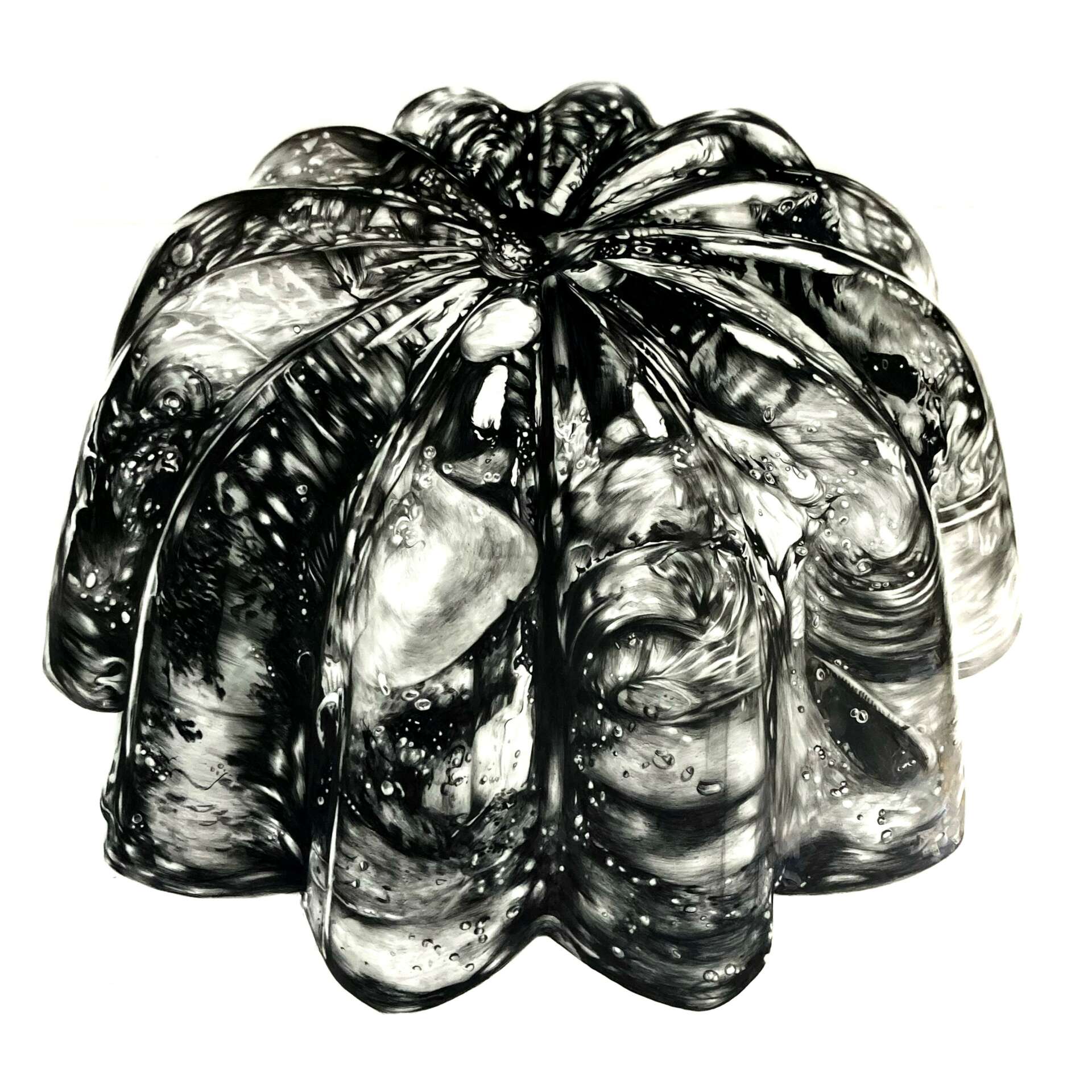
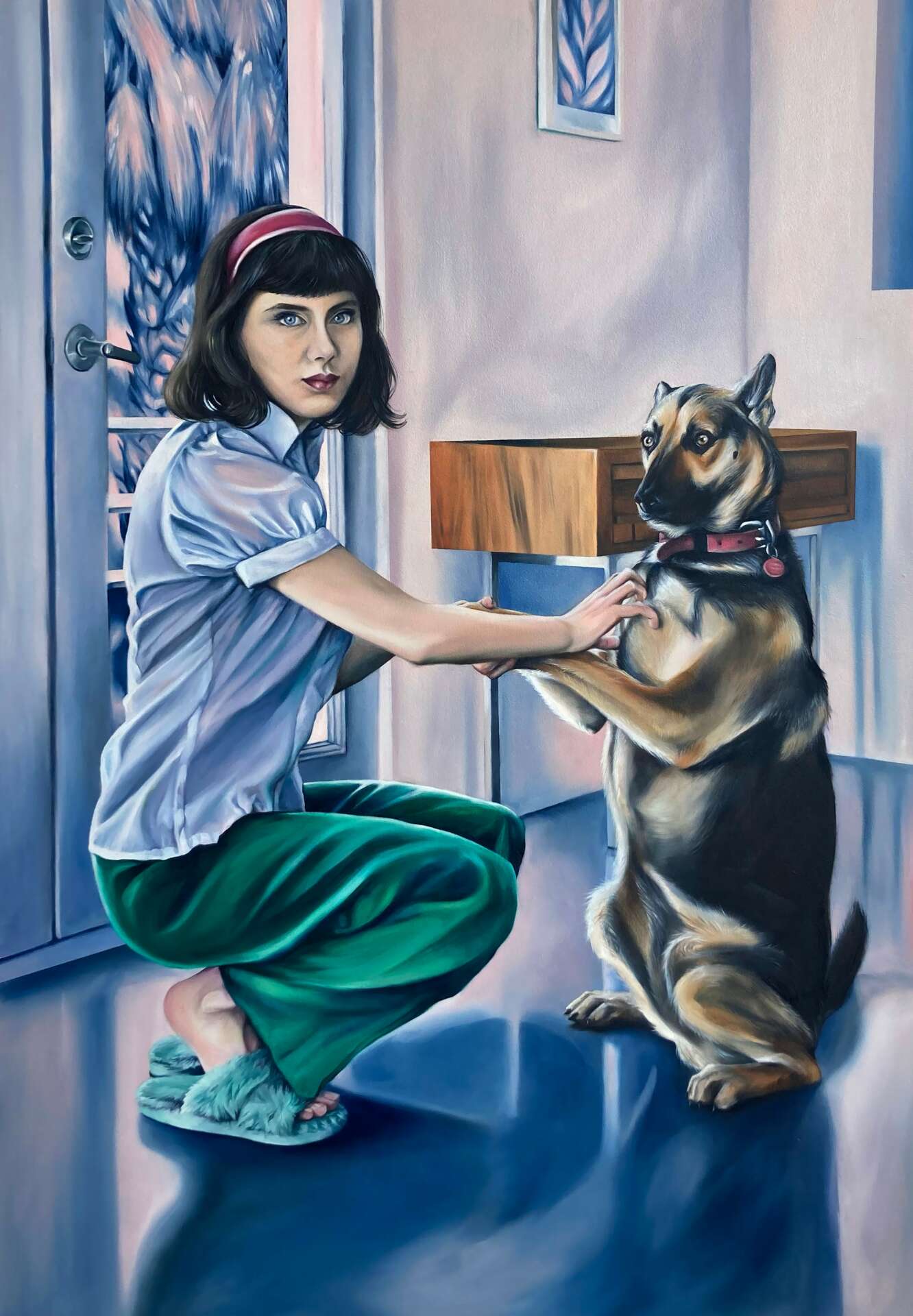
Contact Info:
- Website: http://www.adriennekinsella.com/
- Instagram: https://www.instagram.com/adriennekinsella/
Image Credits
Profile Photo: by Ashley Calle All Artworks: Adrienne Kinsella


